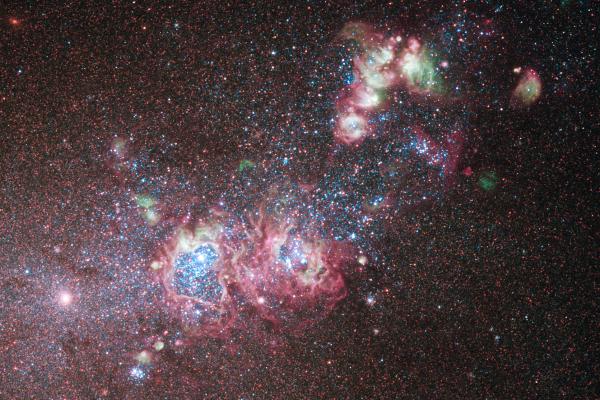
Title: Pioneering the Realm of Ultra-High Resolution Galaxy Formation Simulations
I will introduce LYRA, a cosmological galaxy formation model using moving mesh hydrodynamics that resolves supernova-driven outflows from first principles. To accomplish this, the simulation is run at ultra-high resolution, includes a multi-phase interstellar medium, individual stars, resolved supernova cooling radii and inhomogeneous metal seeding by Population III stars. The model is run to z=0 on a set of field dwarf galaxies that match the stellar mass, size, stellar kinematics and metallicity relations of Local Group dwarf spheroidals. I proceed to describe the star formation histories, the high redshift assembly, the enriched outflows that contribute to the metal pollution of the intergalactic medium and the present-day globular cluster-like substructure. I show that ultra-high resolution simulations go beyond merely providing more spatial information on smaller scales. Instead, penetrating this regime unfolds access to an emergent set of small-scale constraints on galaxy formation.
